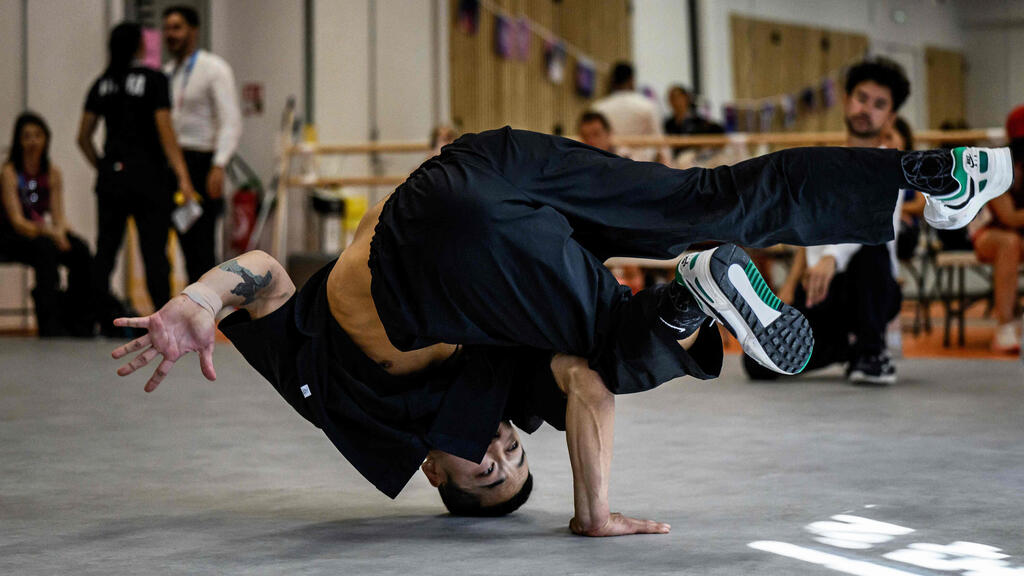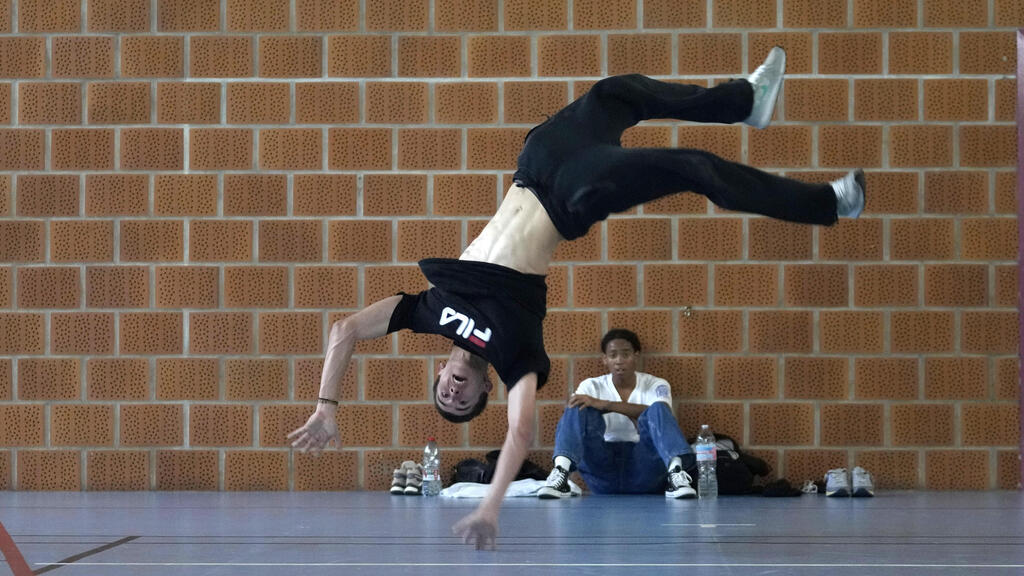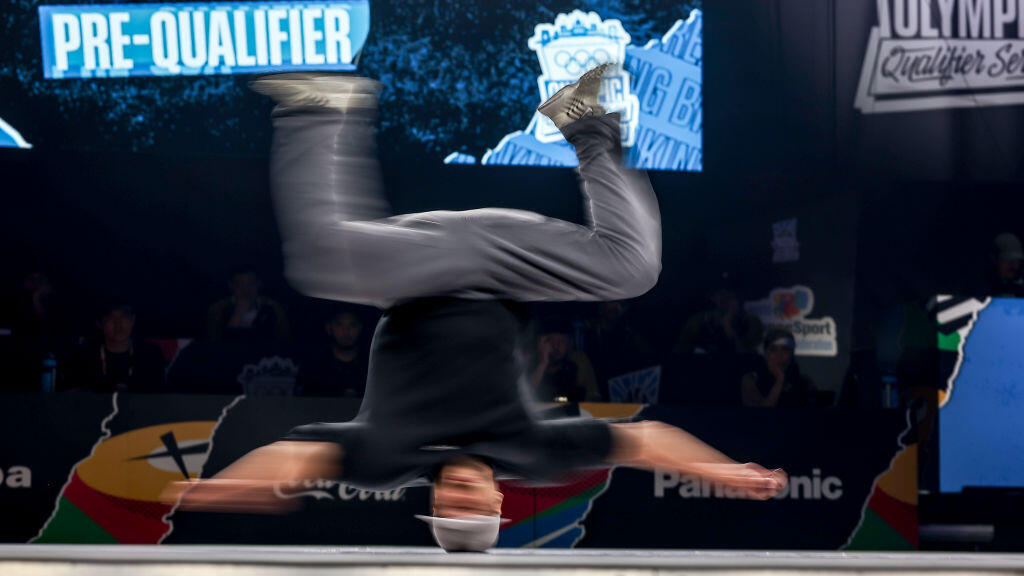Getting your Trinity Audio player ready...
DJ Kool Herc, one of hip-hop’s founding fathers, only wanted to bring some good times to the residents of the Bronx in the 1970s. He had no idea he was making history that would change the world of dance and even the Olympic Games with his own hands.
The legendary DJ was the one who discovered the "breaks" in songs — those pauses during which dance battles between dancers, mostly African-American or Puerto Rican at the time, would develop.
This is how breakdancing, a dance style that became an integral part of hip-hop culture and gained an increasing number of fans, was born. Today, breakdancing competitions are held before tens of thousands of spectators, sponsored by major companies.
The International Olympic Committee also recognized the craze surrounding this popular dance, and as part of their efforts to connect the Olympics with the younger generation, added breakdancing — referred to in its sports version as "breaking" — as a new event in the 2024 Games in Paris.
However, many eyebrows were raised when the Olympic Committee announced the addition of breaking to the event. Sports fans questioned what a dance rooted in hip-hop culture had to do with the Olympics, and even the dancers themselves, known as B-boys and B-girls, wondered about the blending of art and sport.
B-Boy Menno, a successful Dutch dancer who will also compete in the Olympic event in Paris, argued in an Instagram post that "we aren’t athletes. Calling breaking a sport diminishes the value of this art form and everything that makes it special." Nevertheless, he clarified he’s happy for the opportunity to compete in the Olympics.
Place de la Concorde, which will host the breaking competitions, will turn into the best party in Paris on Friday and Saturday. Some 32 B-boys and B-girls will face off in thrilling dance battles for the gold medal. Unlike other sports, in breaking, the competitors aren’t called by their real names but by their stage names. For example, you'll encounter names like B-Boy J Attack or B-Girl Senorita Carlota.
Israeli dancers won’t participate in the Paris competition. The closest to qualifying for the Olympic Games was B-Girl Nadia, who reached the final qualification round but didn’t pass it.
Some may dismiss or claim that breakdancing isn’t really a sport, but breaking certainly requires the competing dancers to have physical skills such as agility, flexibility, athleticism, coordination — and improvisation.
Unlike rhythmic gymnastics, for example, where gymnasts arrive with a prepared routine, in breaking, the B-boys and B-girls don't know what beats the DJ will in advance and must adapt on the fly.
In a breaking battle, two dancers compete head-to-head. They’re scored on elements such as floorwork, upright dancing, freezing (holding a specific pose), and especially "power moves," complex acrobatic maneuvers like spinning on the head or back.
Additionally, competing dancers often respond to each other. For instance, if one B-boy performs a certain move, the opposing B-boy will try to execute the move in a more sophisticated way. The pilot event for the Olympic premiere of Breaking was held six years ago at the Youth Olympic Games in Argentina and was a success.
Now, it remains to be seen whether the Parisian audience will embrace the scorching beats and mesmerizing dances and whether hip-hop legend Snoop Dogg, who has already become the unofficial symbol of the Games, will join in the victory celebrations.




